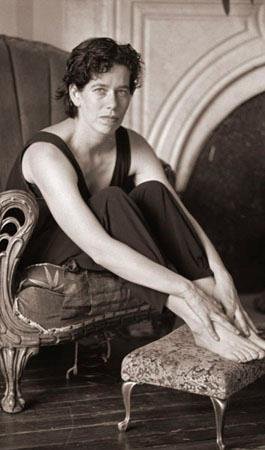BALTIMORE,Md. — It is well documented that the system is unfair. White communities with money receive different city services than poor communities of color do. From police to trash pick up, things are different. The fight to address police harassment and brutality as well as the fight to get adequate protection in poor communities will always be overshadowed by the larger structural issues at play between police and oppressed communities.
In order to think about solutions to the system, we need a deeper understanding of the problems. Police are trained to address violent crime, despite the fact that the majority of the calls for service that they receive are nonviolent in nature. A parent calls because her son has stayed out late again, an elderly neighbor calls because kids are being loud outside, the same couple struggling with domestic violence keeps calling, etc. Police find themselves ill-equipped to handle the deeper issues at play and citizens don’t know what to do in a moment of crisis so they call police. Police bring a gun, a badge and an enforcement and obedience mentality to a battle that requires teachers, social workers or other caring advocates.
Alternately, low-income communities that have been poorly served by their schools, families and other systems are left feeling frustrated and powerless to change the inequities they see. Young people have often not had authority figures that they respect in their lives and have essentially raised themselves. Police are called to poor communities and then put in the position of setting limits on angry behavior. Communities need equity but instead get enforcement. This is a recipe for tension. No matter how well officers are trained, the tension of oppressed and oppressor are embedded in the culture and role of each group.
New Lens, a social justice, youth-driven, art and media program that I direct, has done work on justice issues for the past 10 years. We’ve made videos about youth and police and ultimately used our videos and a series of discussions and activities to train police officers as a part of a mandatory training program, which took place in 2009/10. After pretty successfully training two-thirds of patrol officers in Baltimore City, New Lens emerged with some key insights: training and relationship building aren’t enough to combat the structural issues that exist, and although race is important it is not the defining factor in what makes for a compassionate officer. What we learned is that the most effective way to reduce police/community tensions is to create alternative structures that reduce the contact that police and community have. What if we created a call center and a unit that responded to nonviolent calls? What if the staff was made up of social workers and those trained to care, support, teach, resolve conflict and get to the bottom of the issues that people are facing? We already have restorative justice models that are highly effective in diverting juvenile crime from going to court that we could build on.
There are lots of other costly but important prevention strategies we need: more recreation centers and things for young people to do, more jobs that are accessible to ex-offenders and more drug treatment. We also need to take the profit out of drug dealing (i.e. legalize marijuana and medicalize the harder stuff). These solutions are essential but tough because they do not address immediate tensions and fears people feel and they cost money and/or require significant policy and priority shifts.
To make some of these things happen we would need to reallocate money from the police department. Many would say this is impossible because the police department is grossly under resourced as it is. It is important to note that currently the Baltimore City Police Department makes up about half of Baltimore City’s budget. That is larger than any other thing that the city invests in. At that price shouldn’t we be happy with the services received? And if we’re not happy, shouldn’t we have a say in changing those services?
The kinds of solutions mentioned here do have to be considered if we expect deep change. If our interventions or reforms focus on the moment of interaction between police and citizen, we are intervening too late. Body cameras, better training and better selection of officers all focus on how to make the police/community interaction better but miss the key point: the relationship is designed to fail. We need a reorganizing of the system that minimizes this interaction. While we likely do need an improved entity that addresses violent crime, the calls for service show we don’t need this to be as large as it is. Instead we need strategies that address the community’s primary need for caring—not enforcement.
Originally posted on www.osi-baltimore.org
